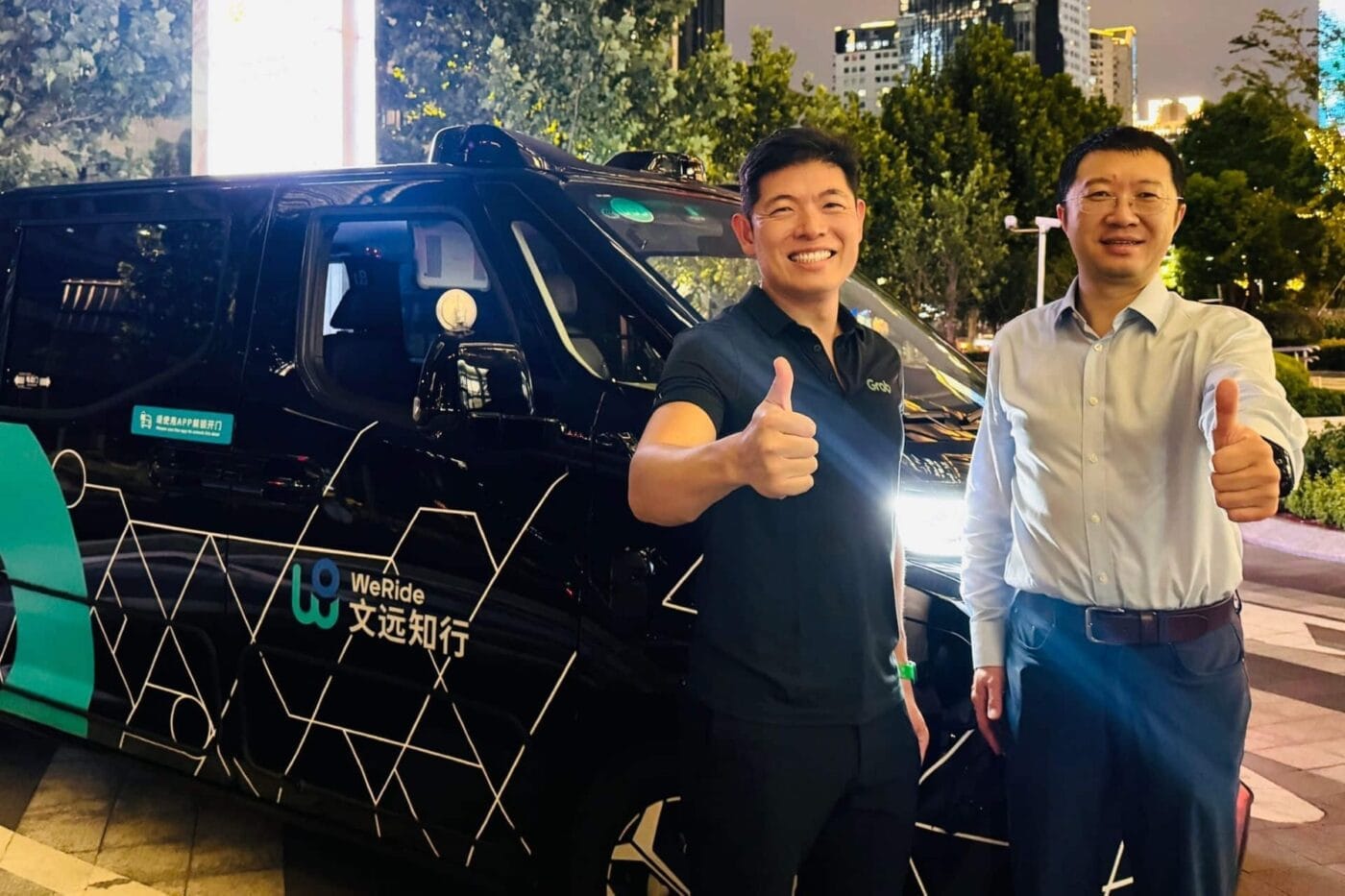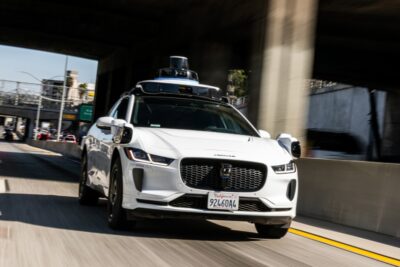Robotaxis for Southeast Asia: Grab invests in WeRide
The companies aim to integrate WeRide’s fully automated vehicles into Grab’s network, referring to Level 4 autonomous driving. Such collaborations between ride-hailing providers and robotaxi specialists are becoming increasingly common. Other examples include Lyft and Uber, which work with companies such as Baidu.
In the case of Grab and WeRide, the strategic partnership includes an investment from Grab. The partners are keeping the sum under wraps, but expect the transaction to close in the first half of 2026. The stake is intended to “support WeRide’s growth strategy to expand its commercial AV fleet in Southeast Asia and advance AI-driven mobility.” Grab says it aims to prepare its entire network for the deployment of autonomous solutions. Within this framework, WeRide will integrate its autonomous driving technology into Grab’s fleet management, vehicle allocation and routing ecosystem.
“WeRide’s vision for Southeast Asia is to deploy thousands of Robotaxis across the region, through a progressive rollout aligned with local regulations and societal readiness,” says Dr Tony Han, founder and CEO of WeRide. “Grab, our newest partner and investor, is a household name in Southeast Asia with unmatched regional expertise and scale in ride-hailing and digital services.”
Anthony Tan, group chief executive officer and co-founder of Grab, comments: “We look forward to working with WeRide to extensively test their vehicles across diverse Southeast Asian environments. This will allow us to gain valuable insights into their real-world performance, adapt the technology to further enhance safety and reliability, and meet the region’s unique needs.”
For context: Level 4 (of 5) autonomous driving, which the partners are targeting, enables vehicles to operate with limited human intervention in specific scenarios. That means the vehicle can complete journeys on specific routes independently and is allowed to operate without passengers. At Level 4, the system can recognise its limits in good time and bring the vehicle to a “safe state” per regulations, for example, by pulling into a parking space. The only difference from fully autonomous driving is that Level 4 vehicles are restricted to certain routes or service areas. At Level 5, vehicles must be able to handle all traffic situations anywhere without human intervention.
This article was first published by Cora Werwitzke for electrive’s German edition.





0 Comments